When heading into the great outdoors, having the right tools can make all the difference. A solid survival knife serves as an essential backup in emergency situations, proving its value time and again. Remember, even duct tape has its limits, but the versatility and accessibility of a quality knife can tackle various challenges, from food preparation to shelter building. As you embark on your journey to find the perfect survival knife, you'll want to consider key features and craftsmanship that set the best apart from the rest. Keep reading to uncover valuable insights that will ensure you make a well-informed choice for your outdoor adventures.
Unveiling the Core Features of an Ideal Survival Knife

As you prepare for your next outdoor adventure, it's crucial to understand the core features that define an ideal survival knife. Choosing the right blade material ensures durability and resistance to ultraviolet exposure, which can affect its longevity. Think carefully about the blade length and shape, as these factors will influence your knife's versatility in various tasks, including constructing an emergency shelter. Don't forget the significance of selecting a handle that offers comfort and a secure grip, especially during intense situations. Additionally, you need to decide between a fixed blade and a folding blade, as each has distinct advantages. Lastly, consider the edge type—whether serrated or straight—based on the tasks you'll tackle. Conduct your research thoughtfully and when you're ready, you might find yourself tempted to add to cart your perfect survival knife.
Understanding Blade Material and Durability
When selecting a survival knife, you should prioritize blade material, as it directly impacts durability and performance. Carbon steel is a popular choice because of its strength and ability to maintain a sharp edge. While it may be priced higher than some alternatives, the long-lasting quality makes it a worthwhile investment, especially when you're outdoors in challenging conditions, where wind and elements test your gear.
In addition to material, consider how the knife will handle various tasks like cutting rope or preparing food. A robust blade can withstand the rigors of camping, whether you're slicing through a sturdy rope or working on shelter construction. Buy a knife that feels right to you; comfort in handling is just as important as the materials and price, ensuring you can use it without straining during those critical moments in the wild, perhaps even while wearing your favorite hat.
Importance of Blade Length and Shape
The blade length and shape of your survival knife play a significant role in its overall functionality. Longer blades can help with chopping and slicing tasks, giving you the energy needed for activities like shelter building or preparing first aid supplies. On the other hand, a shorter blade can provide more precision for detailed work, making it easier to carve or manipulate different materials in various situations.
Additionally, the shape of the blade influences performance during cutting tasks. A curved blade can aid in slicing, while a straight edge is often better for puncturing. When you choose the right combination, you minimize the risk of corrosion and ensure that your knife serves you well across many outdoor adventures, making it an essential tool in your survival kit.
Selecting the Right Handle for Comfort and Grip
Choosing a handle that fits well in your hand is essential for ensuring comfort during use. Whether you're cutting through a blanket to create a makeshift shelter or preparing materials for a water filter, a secure grip helps you maintain control when it counts. Look for materials like rubber or textured plastic that prevent slipping, allowing you to focus more on the task at hand without worrying about your pocket or gear slipping away.
When you're on a camping trip, you may find yourself in situations where you need to apply a bandage or assemble a fire quickly. A comfortable handle that feels right will make these tasks easier, especially if you're working with cotton or other materials that require finesse. By investing time in selecting a knife with an ergonomic handle, you ensure that your outdoor experience is smooth and efficient, even in challenging circumstances.
Fixed Blade vs. Folding Blade: Making the Right Choice
When contemplating whether to choose a fixed blade or a folding blade for your survival kit, consider the situations where you may need your knife. A fixed blade typically boasts greater strength and durability, which is essential during demanding scenarios like a medical emergency in the wilderness. Its robust construction can handle heavy tasks, such as cutting through thick materials on a remote trail, making it the go-to choice for those serious about outdoor adventures.
On the other hand, folding knives offer convenience and portability, allowing you to easily carry them alongside other gear like a headlamp. Their compact size makes them ideal for everyday carry and lightweight setups, yet they may not match the unwavering strength of a carbon fixed blade. When making your decision, think about how you style your survival kit and which knife aligns with your outdoor activities and personal needs.
Edge Type Considerations: Serrated vs. Straight
Choosing between serrated and straight edges requires understanding their distinct features and your intended use. Serrated blades excel in cutting through tough materials like rope and thick wool, making them favorites for bushcraft tasks. However, remember that while these blades might have a higher unit price due to their specialized design, their weight can be a consideration if you're aiming for a lightweight packing strategy on your outdoor adventures.
On the other hand, straight edges offer versatility and ease of sharpening, providing a clean cut suitable for various tasks like food preparation and shelter building. This knowledge can help you assess which style aligns better with your survival kit needs. Deciding on an edge type that feels comfortable and meets your activities ensures you're prepared, no matter where your adventures take you.
How to Evaluate the Craftsmanship of Survival Knives

Evaluating the craftsmanship of survival knives goes beyond just looking at aesthetics; it demands a keen eye for functionality and durability. Start by inspecting the blade thickness and edge retention, as these attributes significantly influence performance in various outdoor environments. Consider how the knife feels in your hand, focusing on balance and ergonomics to ensure it is comfortable to use during tasks like cutting parachute cord or preparing gear for an emergency. Pay attention to the quality of the sheath materials and design as well, since a well-crafted sheath will protect the blade during transit, while offering quick access in critical moments. This will enhance your outdoor experience, whether you are using your knife alongside pliers to fix your gear or need to quickly secure a poncho for unexpected weather. Knowing these aspects empowers you to choose a survival knife that meets your needs when you need it most, acting as a reliable beacon in the wild.
Inspecting Blade Thickness and Edge Retention
When selecting a survival knife, examining the blade thickness is vital for ensuring safety during your adventures. A thicker blade typically offers enhanced strength, enabling it to handle tougher tasks like cutting through stubborn materials or even flint for starting fires. Consider how the knife performs in different environments, like thick snow, as a more robust blade can carve through packed conditions with ease.
Edge retention is another key factor to evaluate, as it affects how often you'll need to sharpen the knife. A blade that retains its sharpness well can save you time and effort, allowing you to focus on essential tasks rather than reaching for scissors or sharpening tools. Selecting the right material enhances durability, so ensure the knife feels reliable in your hand, whether you're using it for meal prep or emergency situations in the wild.
Assessing Overall Knife Balance and Ergonomics
When assessing the balance of a survival knife, pay close attention to how it feels in your hand. A well-balanced knife allows you to maneuver it efficiently for tasks like constructing a shelter or performing first aid, ensuring you can make quick, controlled movements. The design, including the tang, plays a pivotal role in this balance, impacting your preparedness for various outdoor situations.
Ergonomics is equally essential for comfort and efficiency during use. A knife that fits well in your grip reduces fatigue and enhances performance when you need to cut tough materials or handle your first aid kit. By selecting a knife that combines excellent balance with ergonomic features, you set yourself up for success on every outdoor adventure.
Recognizing Quality Sheath Materials and Design
Choosing the right sheath for your survival knife is just as important as selecting the knife itself. High-quality materials, like leather, provide durability and protection against wear and tear, guaranteeing that your knife is always secure and ready for action. A well-designed sheath not only prevents potential risks of injury when not in use but also ensures that your knife remains easily accessible during activities like hunting or setting up a tent.
When evaluating sheath designs, consider factors like weight and usability. A lighter sheath can make it easier to carry your knife without adding unnecessary bulk to your gear. Additionally, a properly designed sheath should feature secure attachment options that keep your knife close at hand, reducing the risk of losing it during your outdoor adventures.
Top Considerations for Choosing a Multi-Functional Survival Knife

For any outdoor enthusiast, selecting a multi-functional survival knife is key to ensuring you’re well-equipped for the wilderness. Focus on blade features that enhance versatility, allowing you to tackle various tasks—from fire making to cooking and even preparing fishing bait. Integrated tools can significantly boost your knife's utility, offering solutions like saws and screwdrivers that support diverse activities. Additionally, assessing weight and portability is crucial; a well-balanced utility knife that is lightweight ensures ease of use without weighing you down during your adventures. Keep these considerations in mind as you choose the perfect survival knife to accompany you on your journeys.
Blade Features That Enhance Versatility
When you consider the blade features of a survival knife, focus on materials like stainless steel that offer both strength and resistance to rust. This is particularly important in situations where moisture may lead to dehydration or exposure to the elements. A knife made from a high-quality steel not only withstands the rigors of outdoor usage but also remains sharp, ensuring that you can tackle various tasks with ease.
Another feature to look for is the incorporation of tools like a ferrocerium rod, which allows you to create sparks for lighting fires. This capability is invaluable during emergencies, especially when your survival depends on making a fire for warmth or cooking. Before you add to cart, ensure that the knife's design includes features that enhance its versatility, providing you with effective solutions to a wide array of challenges you may face in the wild.
Integrated Tools Worth Having in a Survival Knife
When selecting a survival knife, look for integrated tools that enhance your overall outdoor experience. A knife equipped with a wire cutter or a built-in saw can make preparing wood for a campfire much easier, allowing you to focus on honing your survival skills. Consider how these features can complement your gear, such as easily fitting in your jacket or pack as part of your ten essentials for any outdoor adventure.
Moreover, having tools like a whistle or a bottle opener integrated into your knife adds functionality that can be crucial in the field. These additional features allow you to address various needs without carrying extra items, which helps streamline your packing process. A well-equipped survival knife not only increases your readiness for challenges but also builds your confidence, enabling you to navigate the wilderness with ease.
Assessing Weight and Portability for Outdoor Adventures
When you're out in the wilderness, every ounce counts. A survival knife that weighs too much can become a burden, potentially diminishing your efficiency as a navigator. Consider how the knife fits alongside essential items like your space blanket and flashlight, ensuring you can carry everything comfortably without unnecessary strain.
Portability is another critical factor when selecting your gear. A knife that is lightweight and easy to pack will allow you to maneuver quickly, particularly when setting up shelter or making quick repairs. Choosing a compact design ensures you'll have room in your pack for valuable tools like a flashlight while keeping your survival essentials organized.
Navigating the Market: Tips for Buying Your Survival Knife

Choosing the right survival knife means navigating through various options available on the market. Start by identifying reputable brands and manufacturers known for their dedication to quality craftsmanship and user satisfaction. Take the time to read and interpret reviews from experienced outdoorspeople, as their insights can provide valuable perspectives on performance and reliability in real-world scenarios. Additionally, establishing a budget that reflects your needs while ensuring you don’t compromise on quality will lead you to a knife that serves well in the wild. Balancing these factors will empower you to make an informed decision, ultimately resulting in a reliable tool for your outdoor adventures.
Identifying Reputable Brands and Manufacturers
When searching for a survival knife, selecting reputable brands ensures you invest in quality and reliability. Look for manufacturers with a longstanding history in outdoor gear, as they often prioritize craftsmanship and customer feedback. Research their reputation by exploring online reviews and forums where users share their real experiences.
Consider brands that offer warranties or guarantees on their knives, as this reflects their confidence in product durability. By choosing established names known for their commitment to outdoor enthusiasts, you can feel secure in your decision and enhance your adventure experience with a dependable tool by your side.
Reading and Interpreting Reviews From Experienced Outdoorspeople
As you begin your search for the ideal survival knife, it’s essential to pay attention to reviews from experienced outdoors people. These individuals often share firsthand accounts of their encounters with various knives, providing valuable insights into performance and overall quality. Look for specific feedback about the knife's functionality in diverse scenarios, as this will help you gauge how it might perform during your own adventures.
When examining reviews, consider the balance between positive and negative comments. A well-rounded perspective can give you a clearer understanding of any potential shortcomings and advantages. Prioritizing user experiences related to durability, ease of use, and overall satisfaction will lead you to a knife that best fits your needs in the wild, ensuring you make a confident purchase.
Setting a Budget Without Compromising on Quality
When setting a budget for your survival knife, it's vital to consider both your financial limit and the quality you expect. Start by researching the range of prices for various knives and recognize that a higher price often provides better materials and craftsmanship, which can make a significant difference during challenging outdoor situations.
Be prepared to invest wisely in a knife that fits your intended use while ensuring it meets quality standards you can rely on. Focus on the long-term value: maintaining a budget that allows for a durable, well-made knife reduces the likelihood of frequent replacements, ultimately saving you money and enhancing your outdoor experience in the long run.
Essential Maintenance to Prolong Your Survival Knife's Lifespan

To ensure your survival knife remains reliable on every outdoor expedition, implementing essential maintenance practices is key. Start by committing to routine cleaning and care, which involves removing dirt and moisture after each use. Regularly sharpening your knife enhances its cutting efficiency, allowing you to tackle various tasks with ease. Additionally, storing your survival knife properly when not in use protects it from damage while ensuring it stays ready for action. By prioritizing these maintenance steps, you not only extend the life of your knife but also maintain its performance, making it a steadfast companion in the wilderness.
Routine Cleaning and Care Practices
After each outdoor adventure, take a moment to clean your survival knife thoroughly. Use a soft cloth to wipe down the blade, removing dirt and moisture that can lead to corrosion over time. Pay close attention to the handle as well, ensuring it remains free from grime that could affect grip quality.
In addition to cleaning, regularly check the sharpness of your knife’s blade. A well-sharpened edge not only enhances performance but also minimizes wear on the blade material. If you notice any dullness, take the time to hone it before your next expedition to ensure your knife remains a reliable tool in the wilderness.
Sharpening Your Knife for Optimal Performance
Sharpening your survival knife is crucial for maintaining its effectiveness and ensuring it performs well during various tasks. A sharp blade allows for cleaner cuts, making your outdoor experiences smoother and more efficient. Regularly assess the blade's sharpness and don’t hesitate to sharpen it whenever it shows signs of dullness.
Utilize a sharpening stone or other sharpening tools to achieve the desired edge. Take your time and follow the correct angle to maintain the blade's shape, enhancing its longevity. By incorporating this simple maintenance routine, you ensure that your knife remains a reliable companion, ready for any challenge that may arise in the wild.
Storing Your Survival Knife Safely When Not in Use
To ensure your survival knife remains in top condition, store it in a dry, cool place when not in use. Utilizing a protective sheath safeguards the blade from damage and prevents accidental injuries, making handling safer and storage neater.
Consider keeping your knife in a dedicated compartment of your camping gear or toolkit, ensuring it's easily accessible for your next outdoor adventure. This organized approach not only prolongs your knife’s lifespan but also enhances your efficiency when gearing up for trips into the wilderness.
Real-World Applications: Putting Your Survival Knife to the Test

Understanding how to use your survival knife effectively is as crucial as choosing the right one. Mastering practical skills and techniques can enhance your outdoor experiences and preparedness. It's essential to recognize the limitations of your knife, as knowing when to rely on it and when to seek other tools can make a significant difference in critical situations. To illustrate the knife's capabilities, we can look at several case studies that highlight successful applications, showcasing how a well-chosen survival knife has helped others navigate challenges in the wild. By delving into these aspects, you’ll gain invaluable insights to ensure you can maximize your knife’s potential during your adventures.
Practical Skills and Techniques to Master
To make the most of your survival knife, it's crucial to practice essential skills like slicing, carving, and shaping materials. Start by familiarizing yourself with how your knife feels in your hand as you practice these techniques, allowing them to become second nature. Focus on maintaining controlled movements to ensure precision and safety while performing tasks such as preparing food or crafting tools in the wild.
Additionally, mastering the technique of sharpening your knife will significantly enhance its performance over time. By regularly honing your blade, you ensure it maintains its edge for efficient cutting, which is vital whether you're carving wood for shelter or preparing tinder for a fire. Developing this skill adds to your confidence, allowing you to effectively tackle various challenges that arise during your outdoor excursions.
Understanding the Limitations of Your Survival Knife
Your survival knife, while an invaluable tool, does have its limits. It is not meant for heavy-duty tasks like prying or hammering, as such actions can damage the blade or compromise its integrity. Recognizing when to use your knife and when to opt for alternative tools is essential for maintaining its longevity and effectiveness.
Furthermore, always be aware of the terrain and conditions you face in the wild. Your knife may struggle with specific materials, such as very tough woods or excessive moisture. Understanding these limitations ensures that you can rely on your knife for the right tasks, contributing to an efficient and safe outdoor experience.
Case Studies: Success Stories of Survival Knives in Action
One compelling case study comes from an experienced hiker who found themselves stranded in a remote area after losing their way in a sudden storm. Relying on their trusty survival knife, they were able to carve branches to create a makeshift shelter that provided crucial protection from the elements. This quick thinking not only demonstrated the knife’s function but also highlighted the importance of preparedness in outdoor situations.
Another success story involves a camper who needed to start a fire for warmth and cooking during an unexpectedly cold night. Using a survival knife that integrated a ferrocerium rod, they created sparks that quickly ignited dry tinder. This experience showcases how having the right survival knife can make a significant difference in critical moments, allowing outdoor enthusiasts to navigate challenges with confidence.
Conclusion
Mastering the art of selecting a survival knife is crucial for successful outdoor adventures. A well-chosen knife enhances your ability to tackle various tasks, from building shelters to preparing food. Understanding features such as blade material, length, handle comfort, and integrated tools ensures that you pick a knife that meets your needs. Ultimately, a reliable survival knife serves as an essential companion, empowering you to navigate challenges confidently in the wilderness.


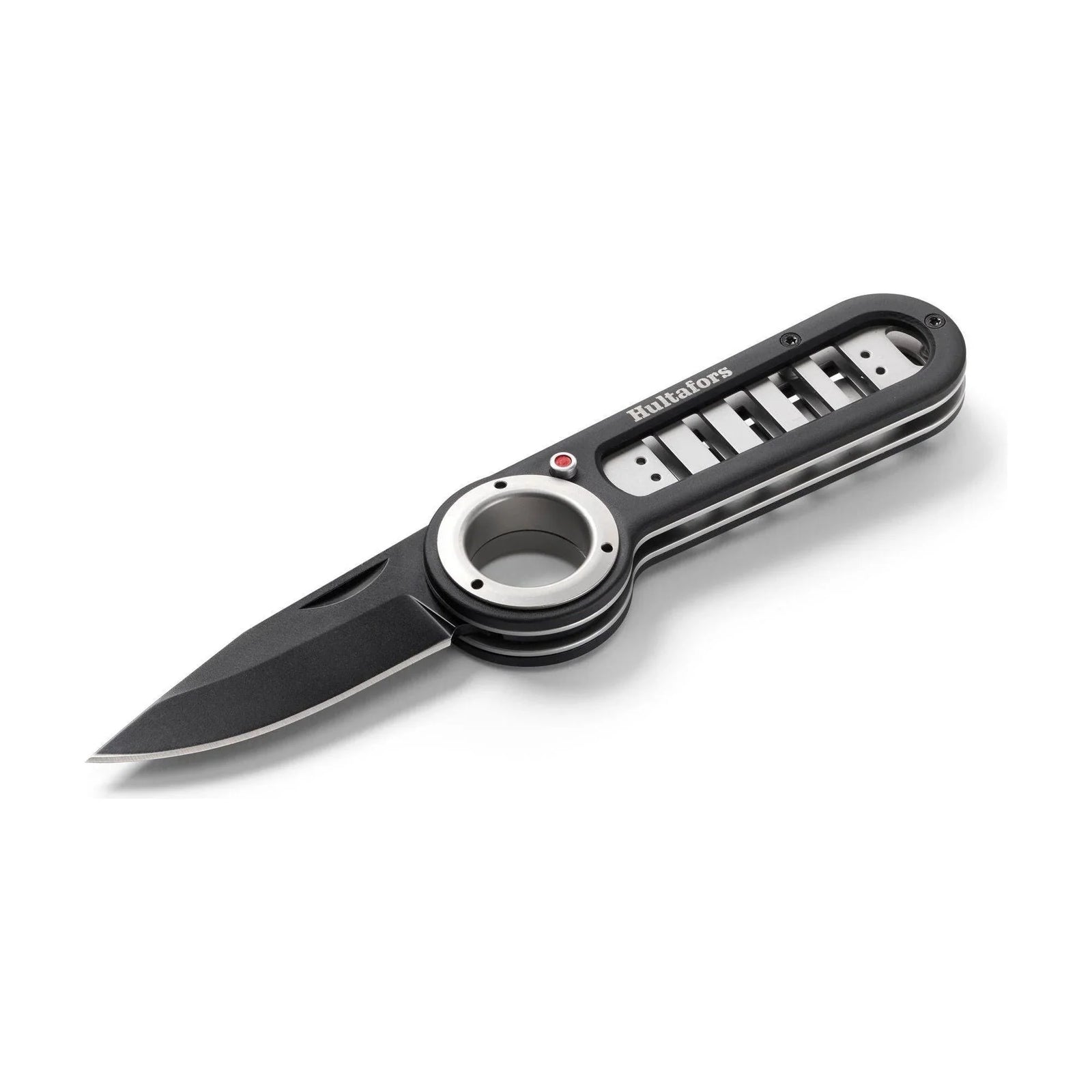
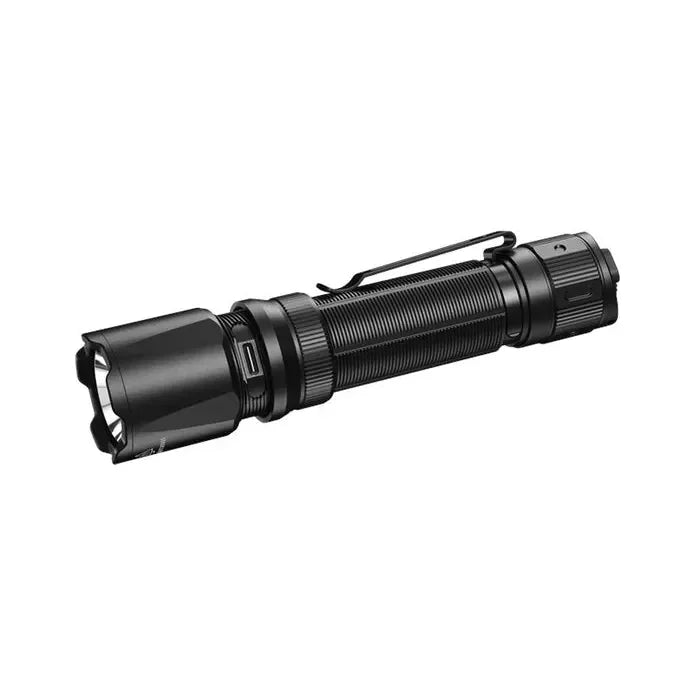
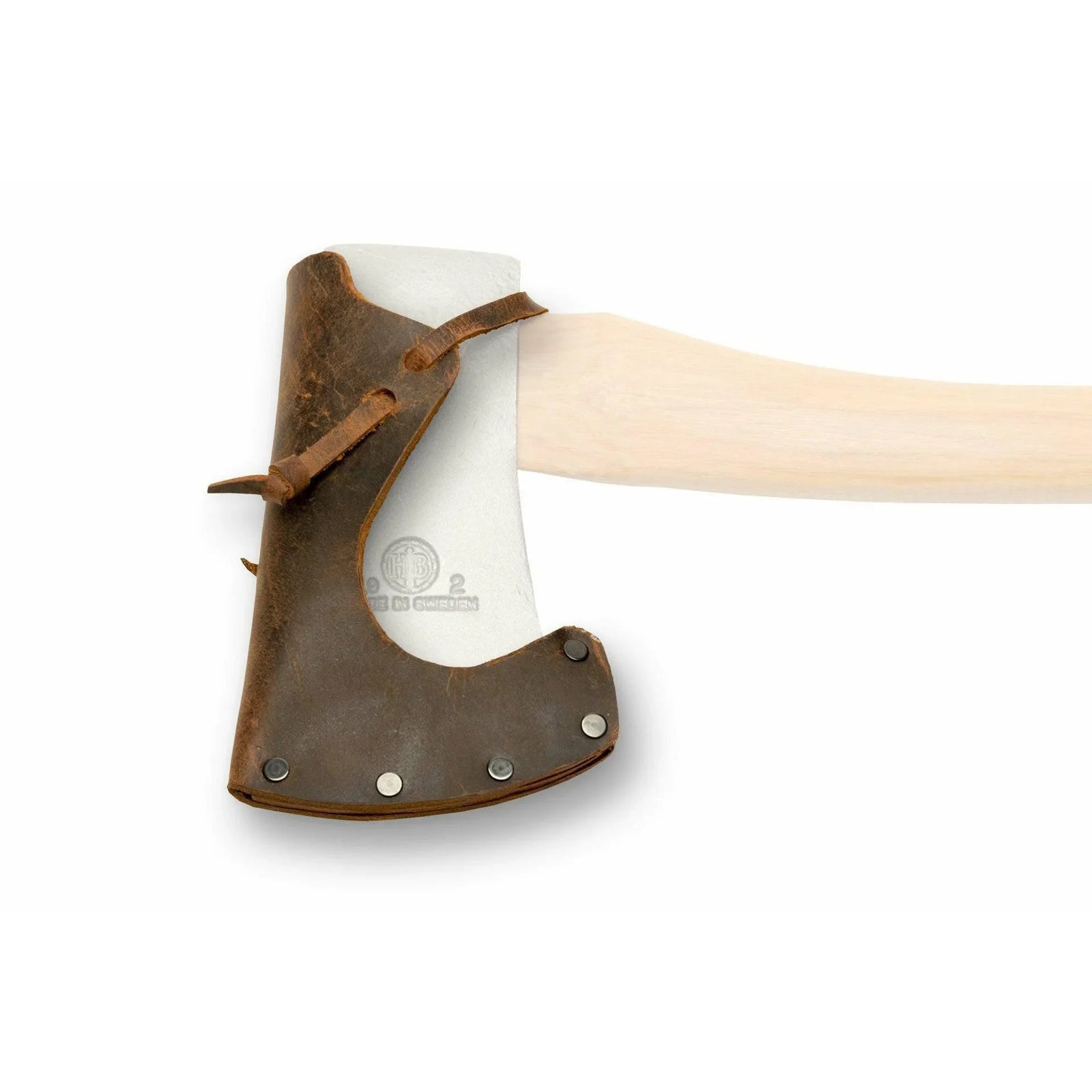
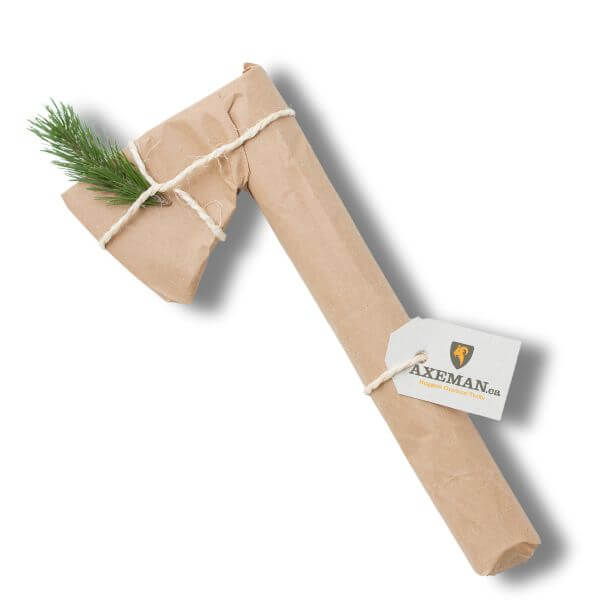
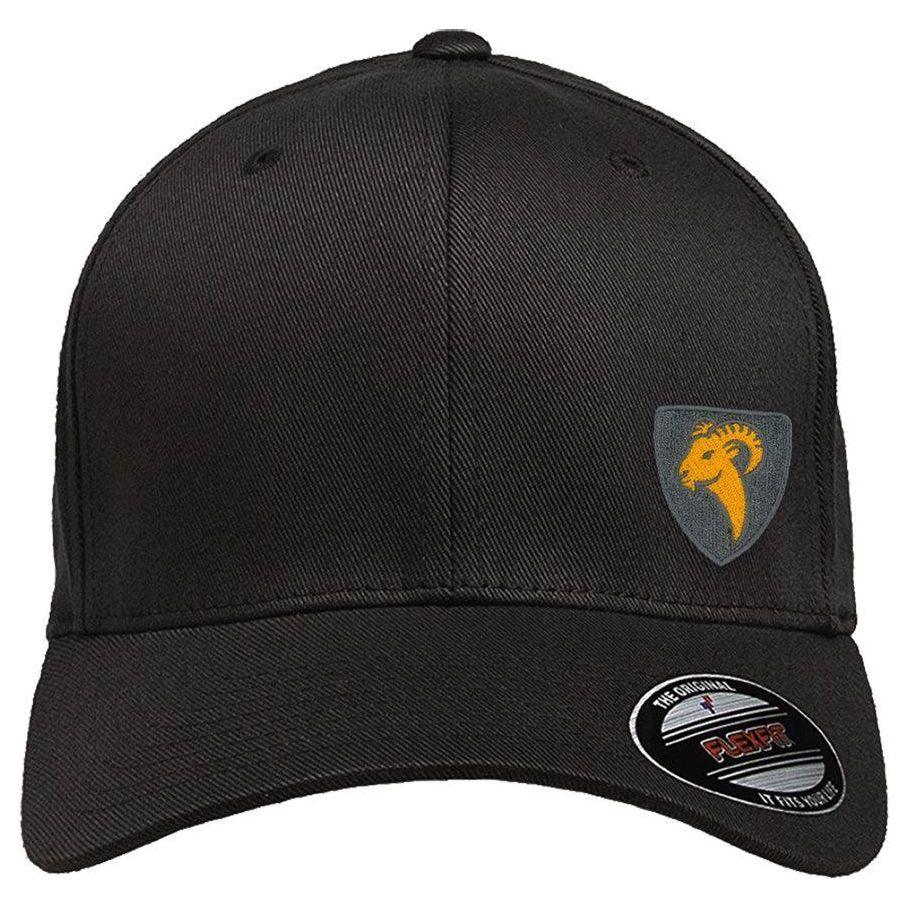
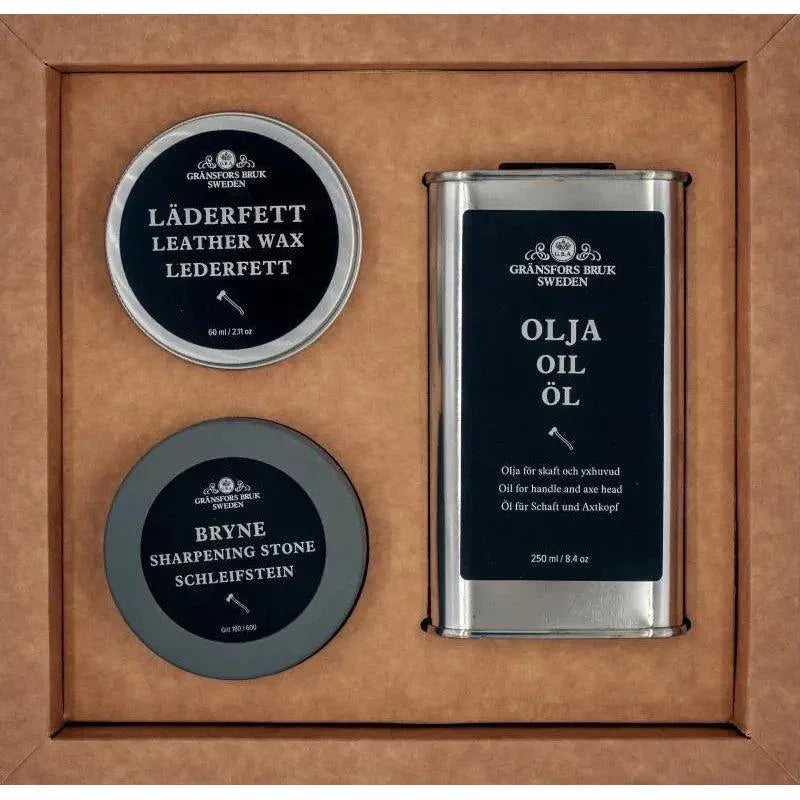
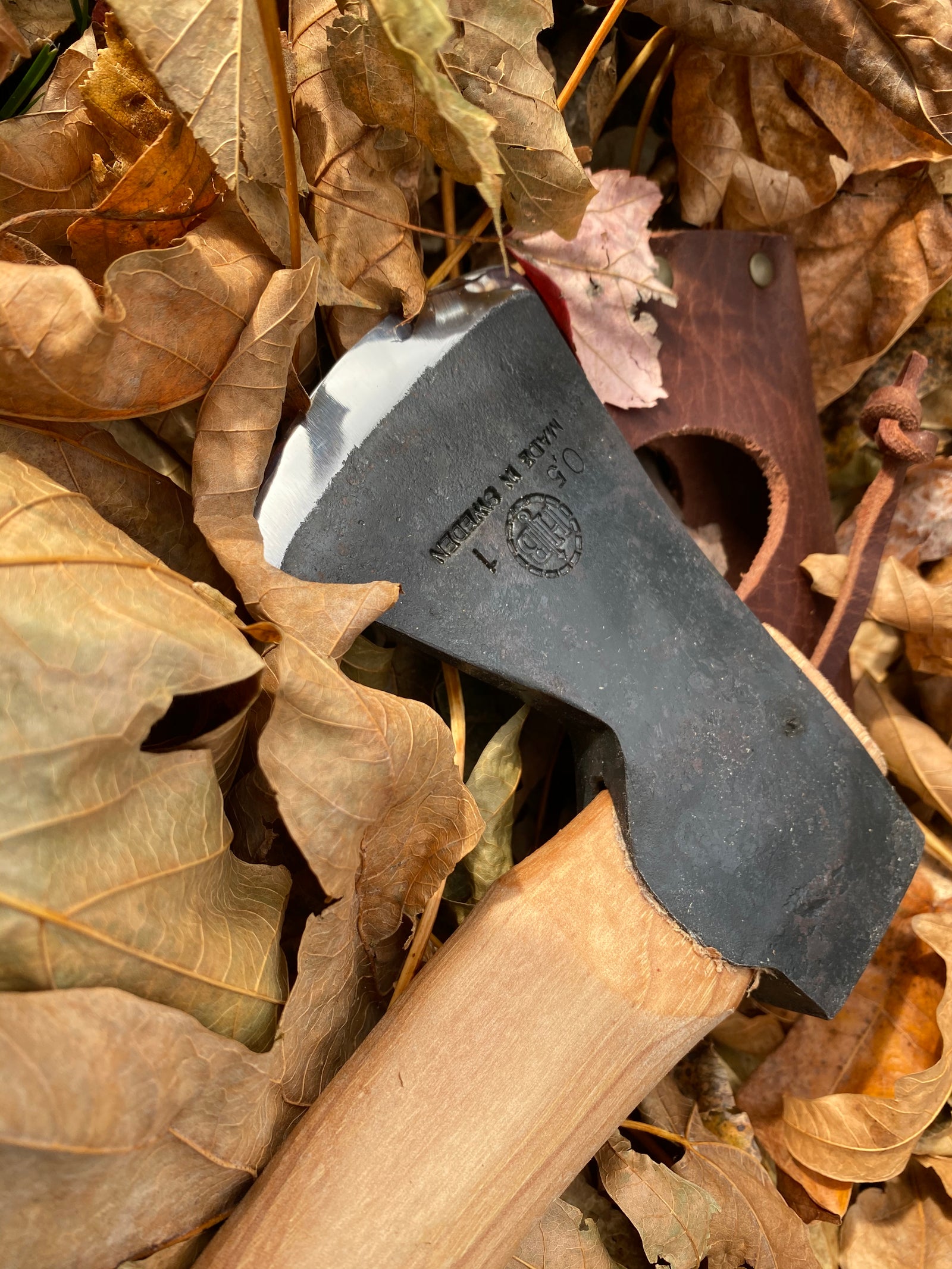



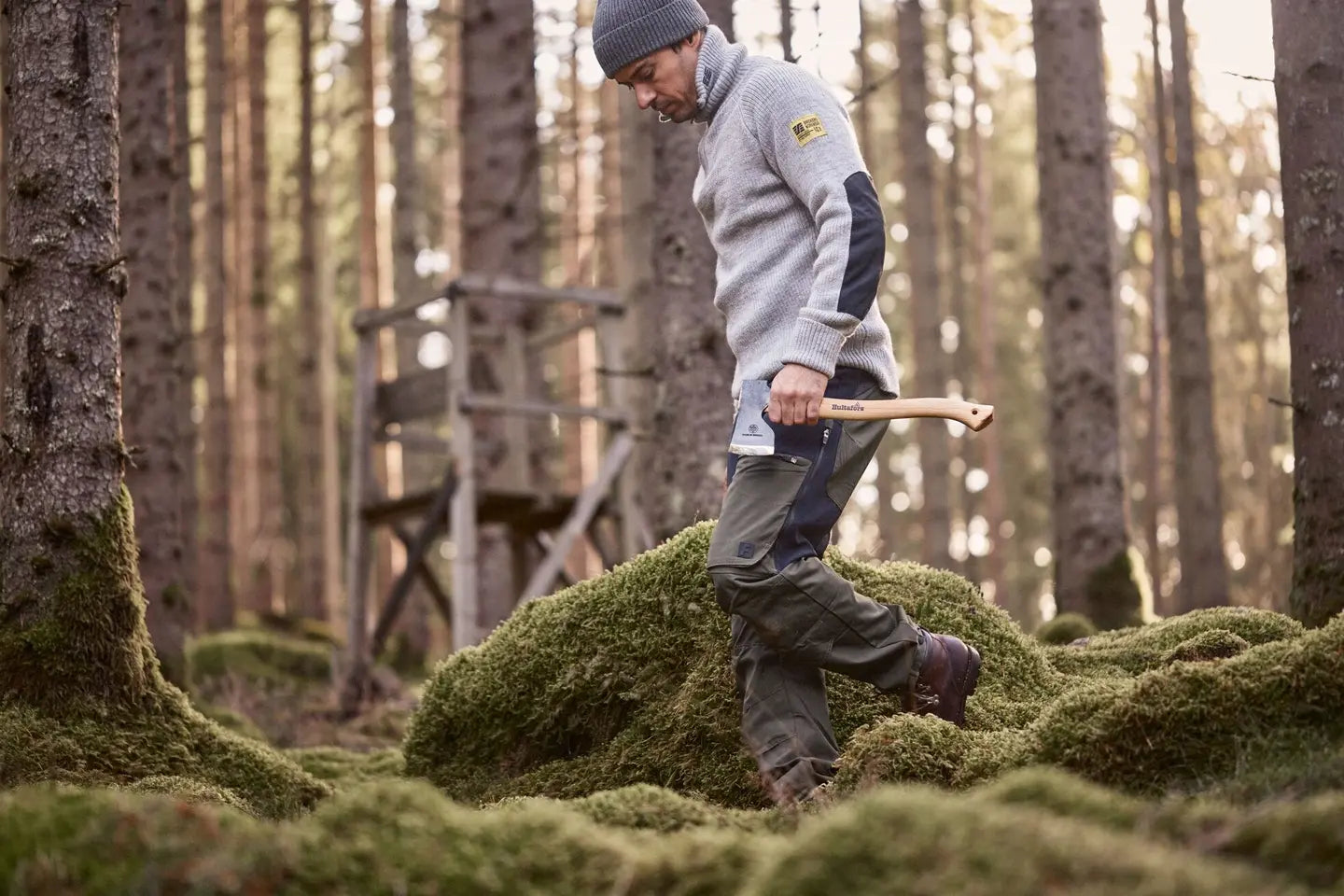
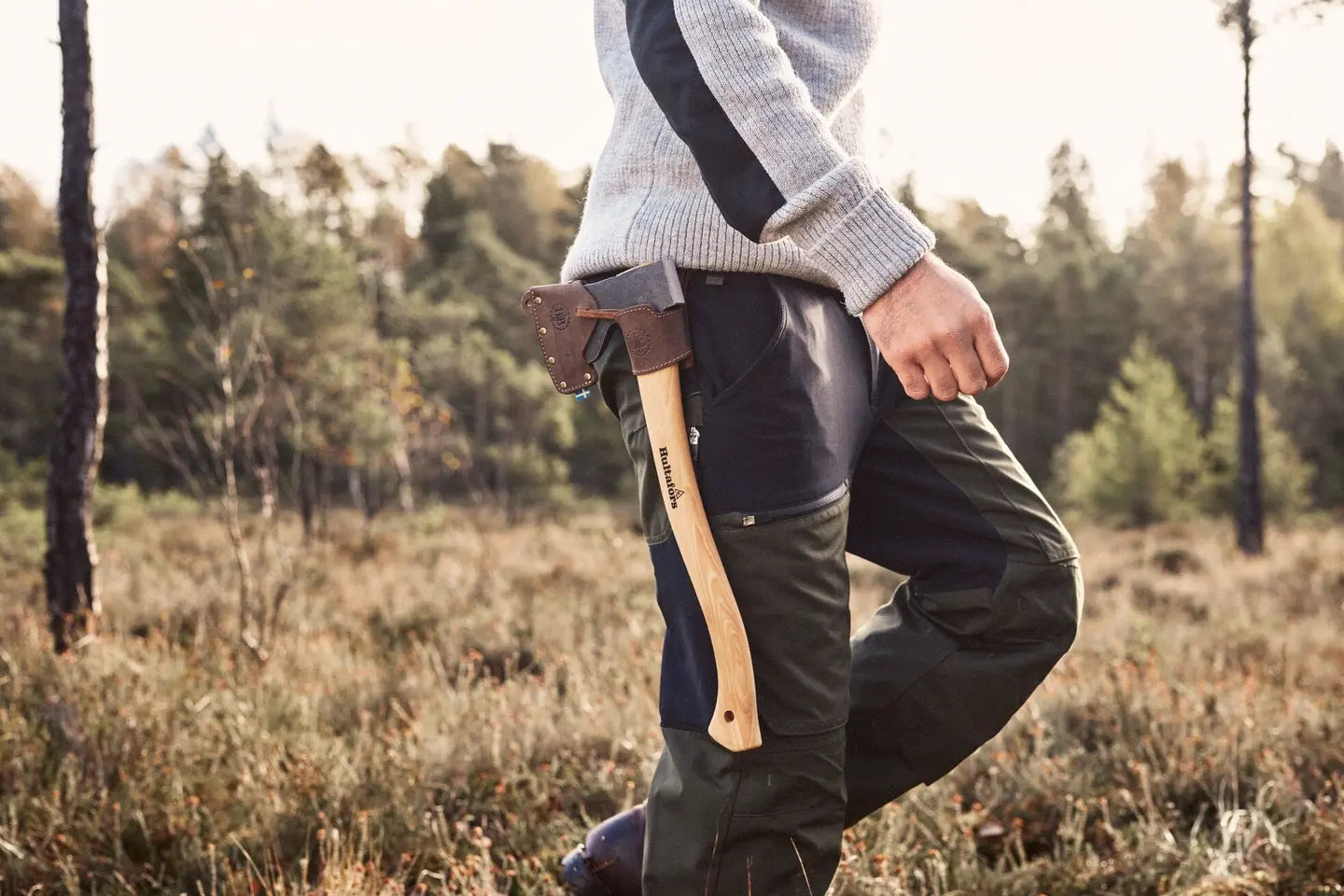
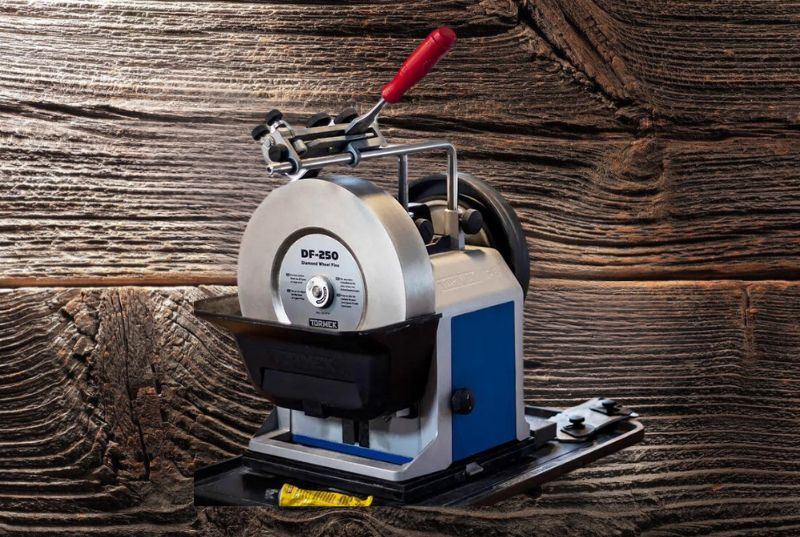
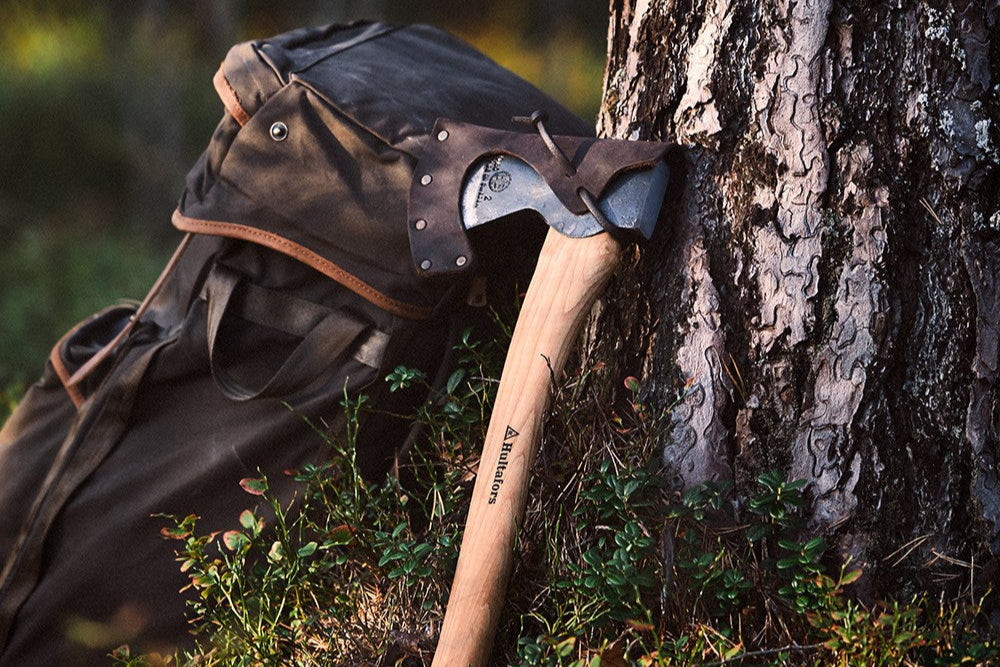

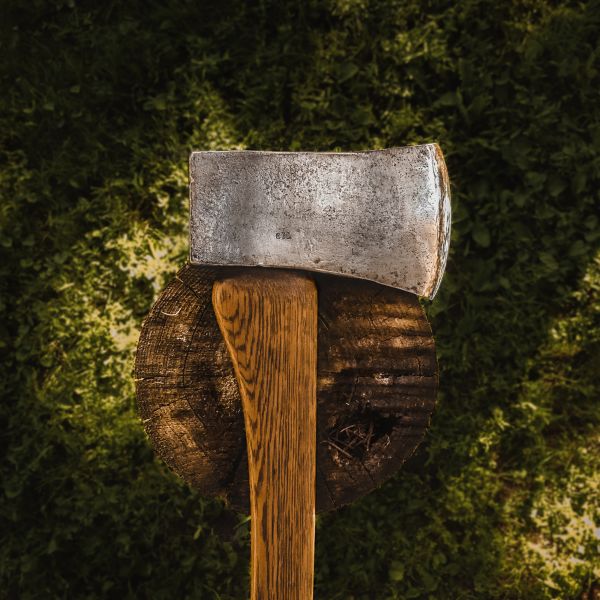


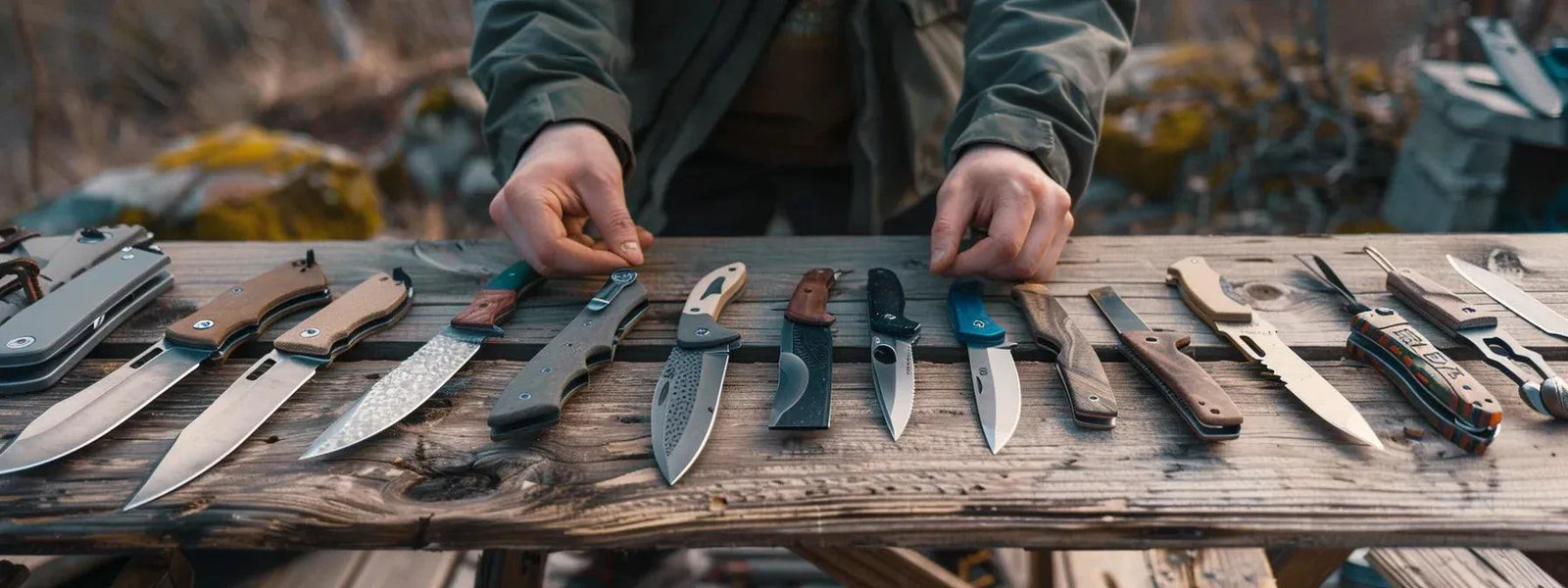



Leave a comment (all fields required)